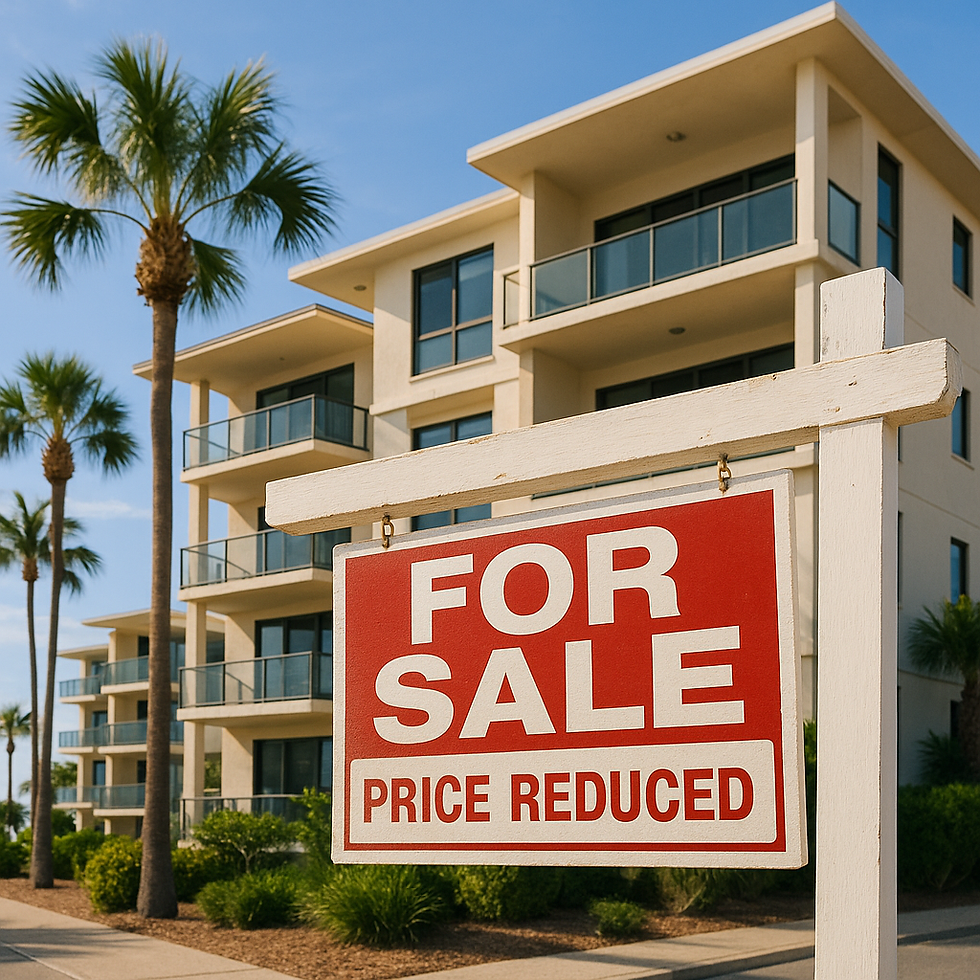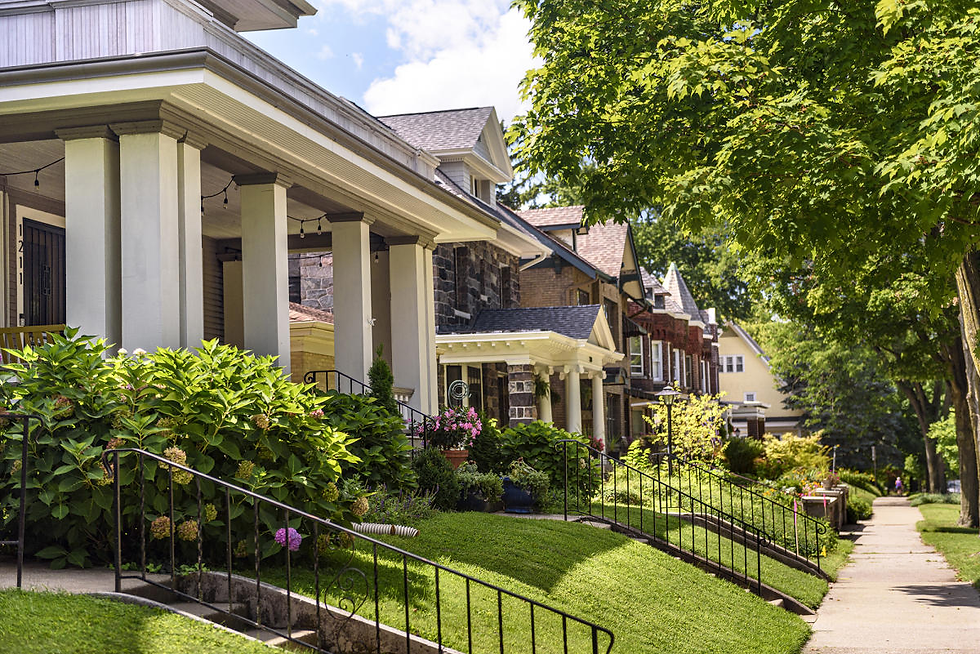Is Florida a Crystal Ball for the U.S. Housing Market? And What Does It Mean for Indiana?
- Jennifer Tesorero
- Jul 4
- 2 min read
The real estate market is always in motion, and sometimes, a specific region can offer powerful clues about broader trends. Florida's housing market has recently drawn significant attention due to its dramatic shifts, sparking the question: Is the Sunshine State a national warning sign, or simply experiencing a unique local correction?

A recent news article delves into Florida's current real estate dynamics, providing a compelling case study. It highlights how Florida's home prices surged over 50% between March 2020 and June 2022, fueled by a massive influx of new residents. Many brought equity from higher-priced markets, driving fierce bidding wars.
However, the picture in 2025 looks very different. Condo prices are down in 92% of Florida markets, with single-family homes also seeing declines. This shift is attributed to factors like a significant drop in migration (from 314,000 in 2022 to 64,000 in 2024), affordability challenges due to higher mortgage rates, and, crucially, soaring costs of homeownership. Florida now faces the highest average home insurance premiums in the country (over $10,000 annually), coupled with rising property taxes and condo fees.
How Does Indiana Compare?
Our Indiana market has experienced a different, more stable trajectory. While we've seen growth, it hasn't been characterized by the same level of speculative surges or the unique cost pressures now burdening Florida.

For instance, the median home sale price in Indiana in January 2025 was around $255,100, up 7.3% from a year prior. Indianapolis saw its median sold price reach $251,183 in June 2025, a 3.3% increase year-over-year. This indicates healthy, sustained growth rather than a volatile boom-and-bust cycle.
Indiana's market also remains relatively affordable compared to the national average, with a median home price significantly lower than the national median. Our homeowners also generally don't face the same magnitude of sudden, sharp increases in insurance premiums and unique condo assessments that are impacting Florida. The average annual home insurance cost in Indiana is around $2,384, far below Florida's figures.
The core takeaway from the article is that "housing markets are local." While Florida's experience offers valuable insights into how rapid growth can collide with structural costs, Indiana's market dynamics are distinct, characterized by stable demand and a more predictable cost environment. For buyers and sellers in Indiana, understanding these local nuances and working with a knowledgeable real estate professional remains the best approach.


Comments